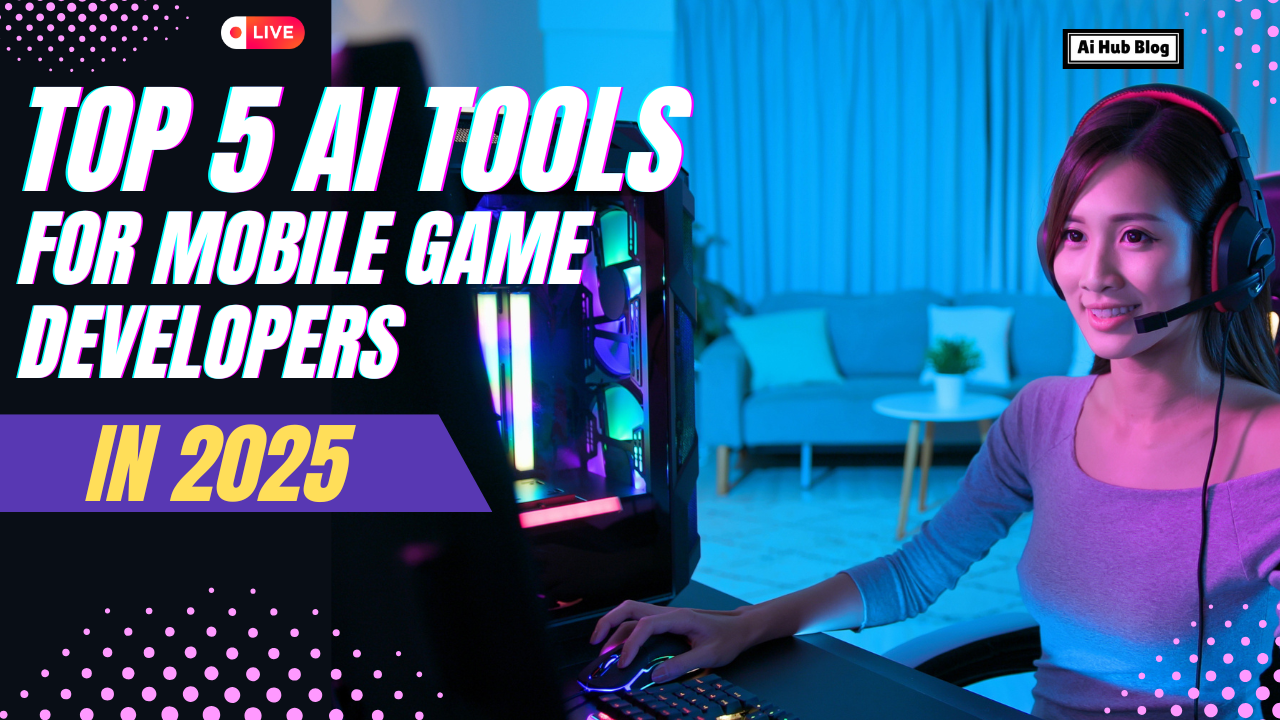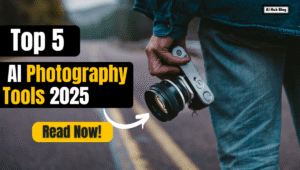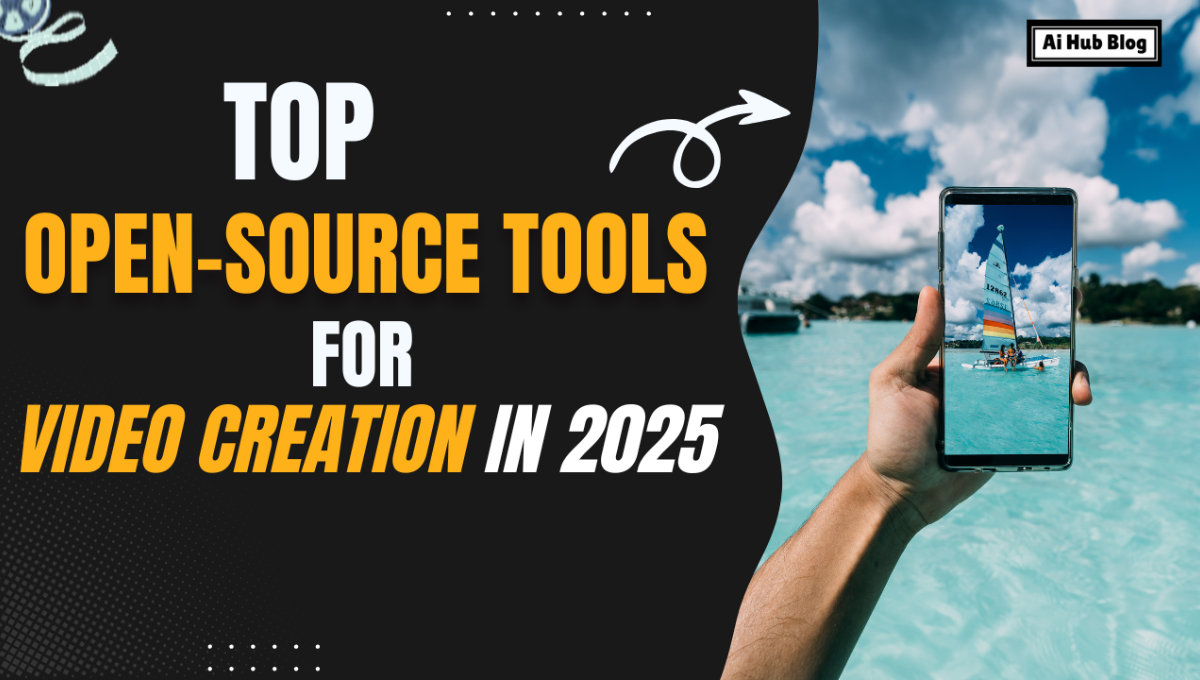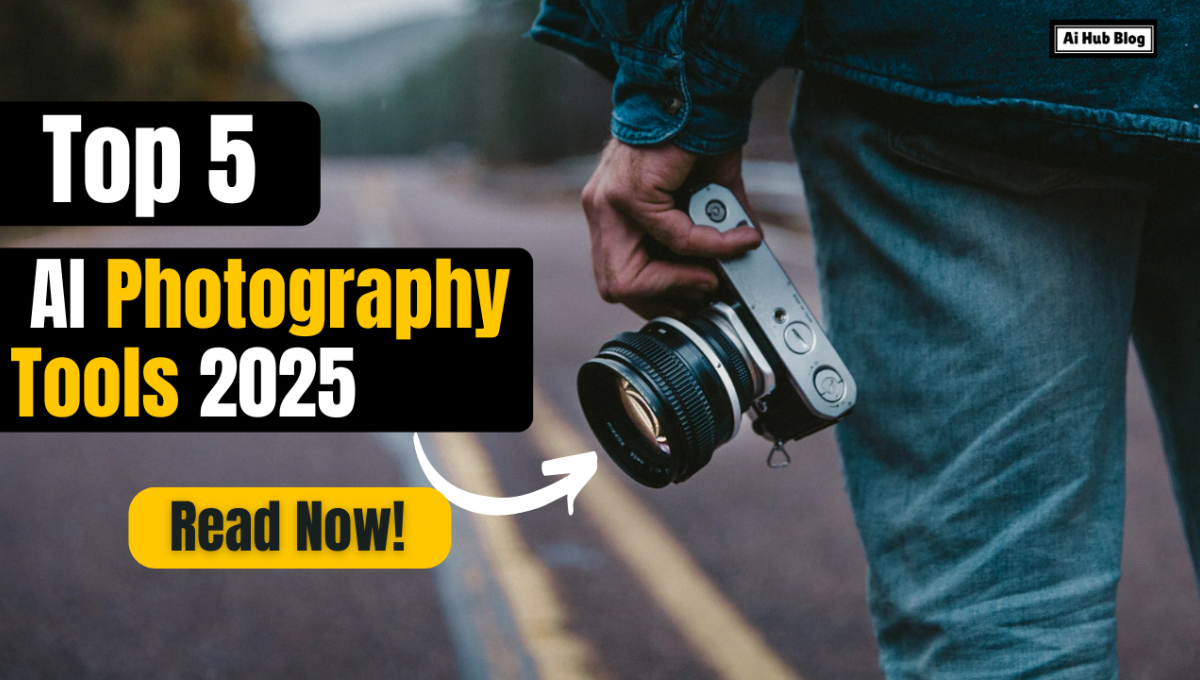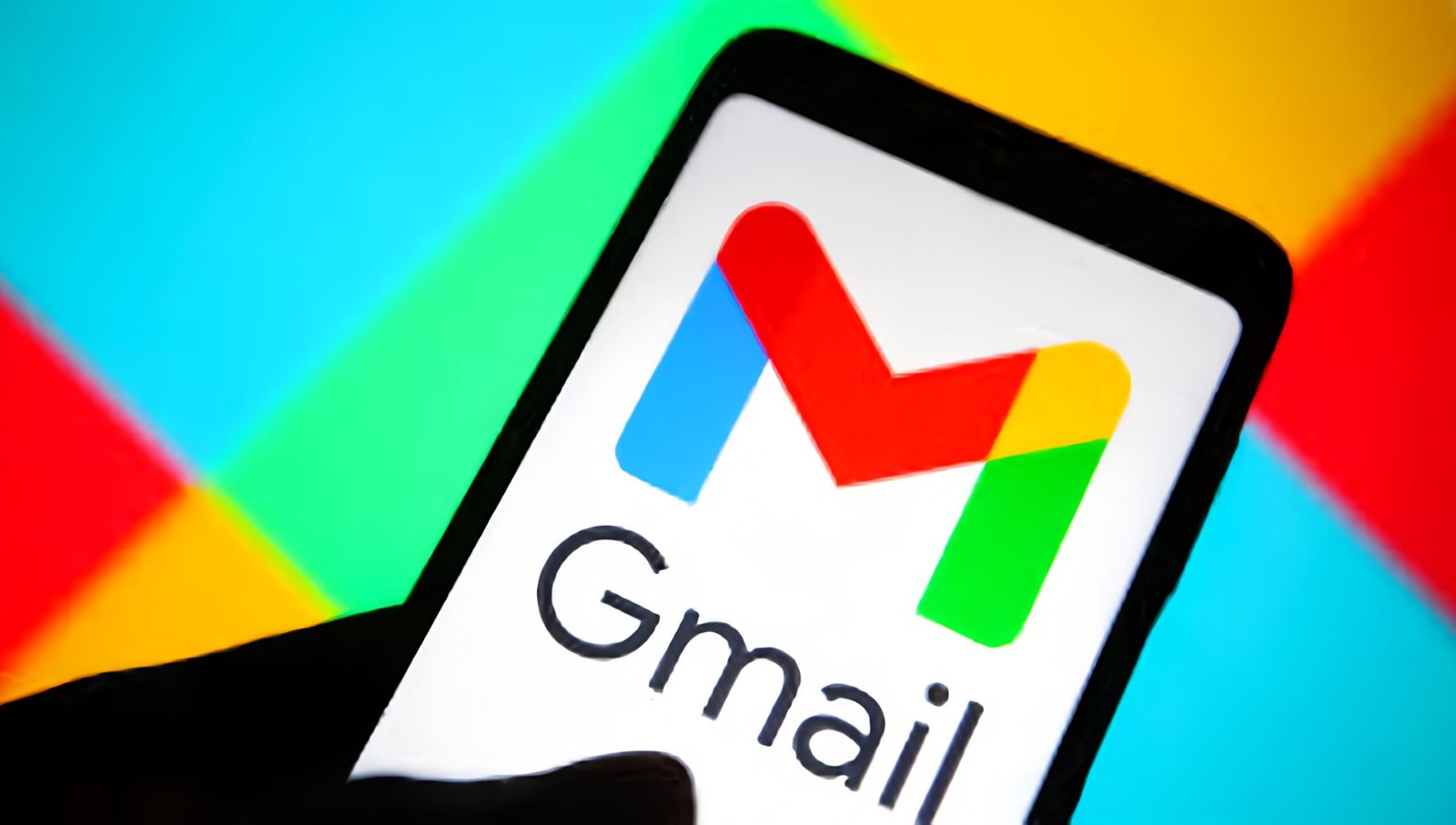Artificial Intelligence is transforming the mobile gaming industry, enabling developers to build immersive experiences more efficiently than ever before. With the rapid advancement of AI, particularly generative AI, game creators now have access to a wide array of tools that streamline workflows and improve overall game quality.
Since new tools are constantly emerging, what’s relevant today may be outdated in just a few months. Below are some noteworthy generative AI tools for mobile game development in 2025, curated by Nir Miretzky, Director of Innovation.
5 AI Tools for Mobile Game Developers in 2025
1.Skybox

Skybox is an AI-driven tool designed to generate realistic environments and visual effects for mobile games. Known as text2Skybox in the industry, it uses machine learning to create dynamic skies, landscapes, and backgrounds. Developers can easily craft game scenery, day-night cycles, and weather effects. Its user-friendly interface and extensive library of pre-built filters make it ideal for both beginners and experienced developers.
For example, Skybox was used to create the “Space Beach Skybox” in the Tie Dye Kiosk game by:
-
Generating the space beach background.
-
Selecting the target scene within the game.
-
Combining the background with the scene to produce the final effect.
2.Runway (Gen 2)

Runway’s Gen 2 platform offers a range of generative AI tools for creative tasks. It can produce high-quality character animations, textures, and interactive designs.
For instance, Runway was used to create textures for tie-dye shirts by:
-
Generating velvet, blood, coffee, and tie-dye textures.
-
Applying the textures to the shirts for the final designs.
3.Scenario (for Game Assets)

Scenario is a deep-learning AI tool for generating game assets such as characters, objects, and environments. It allows developers to create custom assets that align with a game’s visual style, while learning from user inputs to deliver fresh content efficiently.
For example, Scenario was used to generate 2D characters for a hit mobile game. Developers trained the AI on existing characters and instructed it to create new characters wearing army, circus, chef, and doll-themed outfits.
4.AI Art Cookbook
The AI Art Cookbook, curated by Ran Liron, Daniel Trabelsi, Inbal Weisman, and Ron David Ben Ishay, serves as a comprehensive guide for generating visuals with AI tools like MidJourney. It provides the terminology and prompts necessary to achieve specific styles, materials, and effects.
For example, the cookbook includes gaming-style references and over 1,500 generative AI shortcuts, making it invaluable for art directors, UI designers, and game developers.
5.3DFY.AI
3DFY.AI uses a “text23D” approach to convert text prompts into fully textured and rigged 3D models. By analyzing 2D images and generating corresponding 3D objects, it significantly speeds up the creation of 3D assets for games.
For example, developers created an RPG shield with a mobile phone pocket using 3DFY.AI by:
-
Instructing the AI to generate the shield.
-
Applying tie-dye textures created in Runway.
-
Integrating the final shield design into the game.
It’s essential for developers to carefully review each tool’s disclaimer to ensure compliance with legal requirements while using these AI technologies.
Final Thoughts
AI is redefining how mobile games are imagined, designed, and produced. With tools like Skybox, Runway, Scenario, the AI Art Cookbook, and 3DFY.AI, developers can now accelerate creativity while maintaining visual quality and innovation. However, as these technologies evolve, it’s equally important to approach them responsibly — understanding their limitations, ethical implications, and legal requirements.
Ultimately, the real power of AI in gaming lies not in replacing human creativity but in amplifying it — helping developers turn their ideas into captivating, immersive experiences faster and more efficiently than ever before.
Disclaimer: This article is for informational purposes only. All mentioned AI tools are owned by their respective developers and subject to their terms of use. Users should review legal, ethical, and licensing requirements before using these tools in any project.
Also Read:
